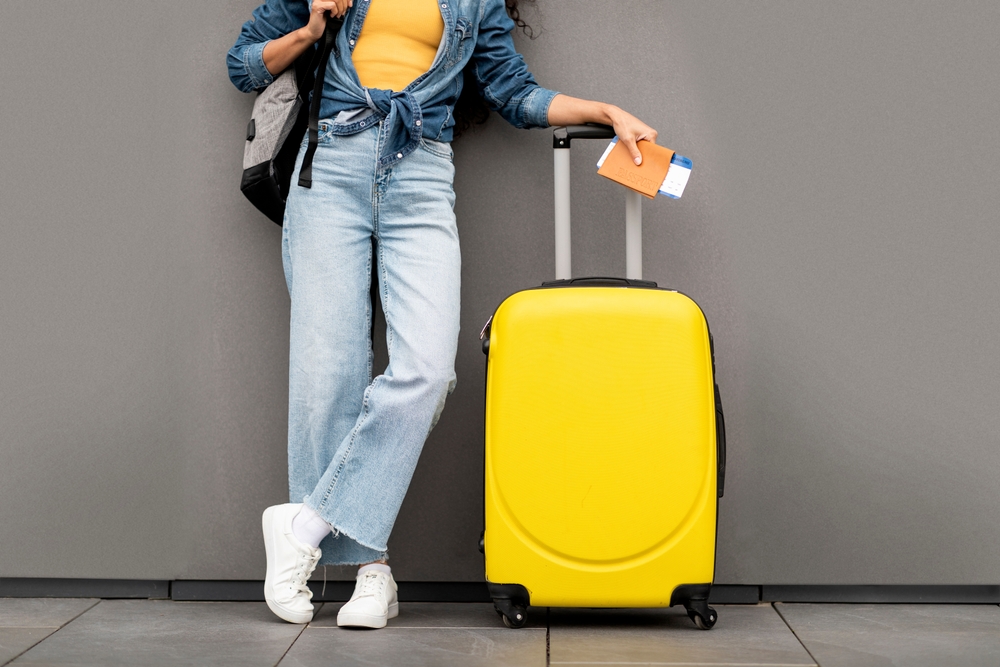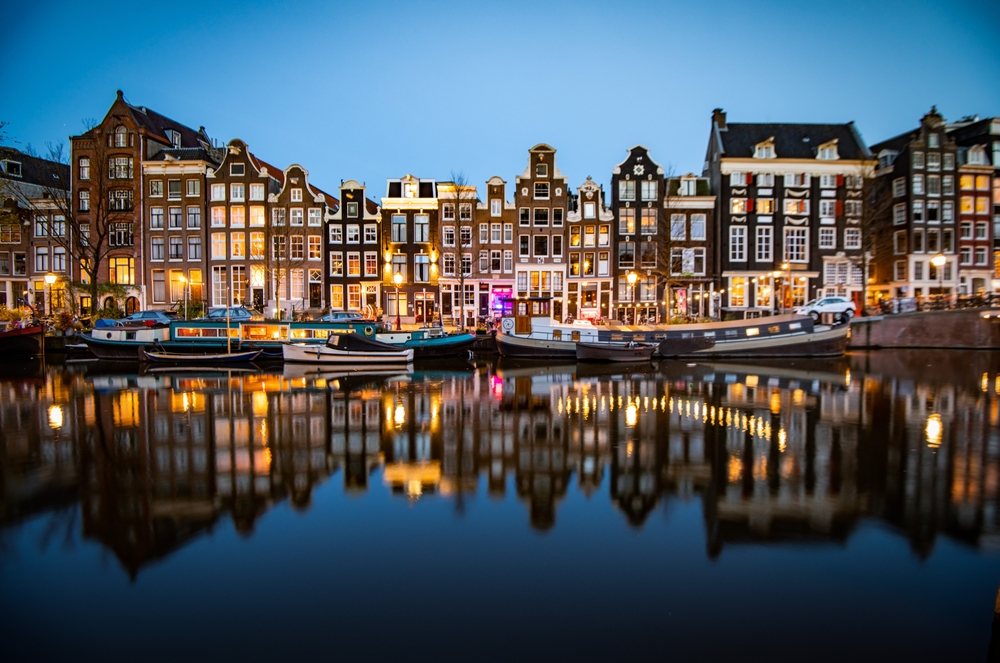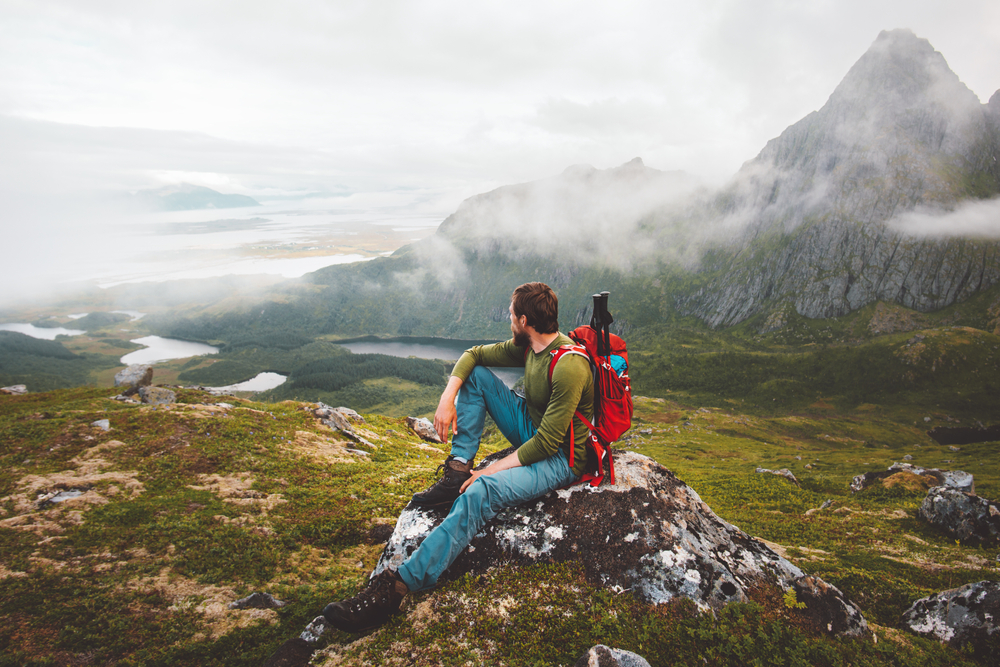Jet off in style – here’s what to wear on a plane according to fashion experts
With vacation season in full swing, working out what to wear on a plane can be a sartorial nightmare, particularly if you’re on a long-haul flight or heading from cool climes to warmer weather.
When it comes to plane outfits, the journey is by no means a runway show. But whether you’re jetting off with friends and family, or going on a work assignment, the trip starts as soon as you hit the airport, so wanting to look your best is perfectly understandable. Comfort is key, particularly if you’re getting on a long-haul flight. For short-haul flights, you may be happy with a smart casual outfit, so you’re ready to go when you get there. However, it’s also a good idea to consider the time of landing and weather in your final destination before deciding what to wear on the plane. Your best loungewear might feel cozy on the flight, but if you’re stepping off into the midday sun, you might want to rethink, or have a spare outfit packed in your hand luggage.
What to wear on a plane will very much come down to individual taste, but pulling some simple essentials as a basis could be a good place to start. Dresses in jersey fabric can make great travel partners, but if you’re loyal to your best t-shirt and jeans combination, think about more relaxed leg fits or denim with stretch, so you can feel more at ease on the journey, as there will be a lot of sitting around. Planes can also get quite cold, so don’t be afraid to sharpen up your look with one of your best hoodies or a chic oversized blazer for extra style and warmth. You’ll also want to carefully consider your accessories. With hand luggage at a premium and with shoes needing to be removed for airport security, think about the ergonomics of your outfit. Can your shoes slip on and off easily? Will your bag fit under your seat or in the overhead locker and can you get those essentials in there?
To help you navigate this tricky task, we’ve compiled a useful guide and breakdown of outfit possibilites.
What to wear on a plane according to fashion editors
Whether it’s work or play, what to wear on a plane has no easy answer. There are so many elements of the day to consider, particularly if you’re going on a long-haul or night flight. Whatever you decide on, keep comfort as the focal point, and use the styling tips laid out below as a way to add polish to your finished look.
Consider the time of day and temperature at your final destination and if you’re heading straight to your accommodation or if you’re going directly into a meeting or social setting. Airports generally involve a lot of walking, so make sure you have comfortable flats, as you don’t want to be sprinting for final boarding in heels.
It’s always a good idea to take a decent size hand luggage with spare essentials, such as underwear, and an outfit for the following day, so that if anything happens to your suitcase at the other end, you at least have the necessities. Also navigating what to pack for a beach vacation? If you’re checking into a resort earlier than the arrival time, you might also want to have your best swimsuit in your hand luggage, so you can check your bags at reception and head straight to the pool.
1. Loungewear
Athleisure remains a big spring/summer fashion trend 2023, as designers continue to use sports-luxe as a guiding principle for many key looks. The best leggings, joggers and sweatshirts are all great choices for what to wear on a plane, but to keep the style factor high, opt for coordinating two pieces with more directional cuts. Think wide-leg, soft jersey pants, and matching sweatshirts for an outfit that works for both comfort and design. To keep your hair neat, investigate how to wear headbands and pair your coord with a soft fabric hairband that you can easily remove and fold away into your hand luggage if needed. Slip a lightweight jersey tee into your holdall if heading to hotter climes, as you can easily pop this on at the other end and tie your jumper around your waist.
A styling tip…
If opting for flared or wide-leg trousers, choose a fitted top or sweater to rebalance your silhouette.
2. Blazer
The best blazers offer a sharp and stylish finish to any outfit. A great swap for a coat, as it offers instant polish and a lighter feel. An oversized design will look chic as part of a legging outfit, teamed with jeans or even thrown over a loungewear co-ord for extra polish. An ideal piece when it comes to what to wear on a plane, you can roll your jacket into the overhead locker and use it on cool evenings on the trip itself. If you’re headed out on a business trip, a blazer paired with some of the best skinny jeans is a directional ensemble to make your arrival in too.
A styling tip…
Pair blazers with leggings or use as the answer to how to style jeans for an easy way to achieve a formal look without jeopardizing comfort.
3. Jeans
When it comes to the best jeans to wear on a plane, you want to choose the most comfortable jeans, as there will be a lot of sitting around – particularly if you’re on a long-haul flight. High waists and relaxed leg styles such as a mom jean, or barrel leg design are both stylish and comfortable for plane journeys. Jeans with lots of stretch in them are the top choice for long haul flights and you can even look for draw-cord waisted styles for a more sporty and laidback feel. What you want to avoid is skin tight denim that makes you feel constricted, and remember you’ll be sat on a plane for quite some time, as make sure your waistband won’t dig in.
An ideal look for short-haul city breaks where you’ll want to step off the plane and straight into your adventure.
A styling tip…
Pair jeans with strappy sandals that you can get on and off with ease, to keep your look ready for sunnier climes.
4. Dresses
When it comes to the best dresses, midi and maxi dresses are a stylish and practical choice for what to wear on a plane, particularly if you opt for soft jersey designs or loose-fitting cotton iterations. A chic way to make an impact but stay comfortable, a well-selected dress will also be just right if you’re landing into warmer weather. Easy to layer, you can style a cardigan over the top or a t-shirt underneath for added comfort on your out-going trip and a pretty summer dress can even then be re-worn during the holiday itself, making your suitcase that little bit lighter.
A styling tip…
Pair midi dresses with trainers and maxi dresses with flatform sandals or clog style sandals as these shoes are some of the best flat shoes to wear with dresses and will be easy to remove at airport security.
5. Shoes
When it comes to shoes to wear on a plane there are several factors to consider. Days at an airport can be extremely long, with lots of walking, whether that’s around duty-free, or racing through never-ending corridors to make final boarding, so comfort is of utmost importance. In addition to this, you may need to remove your shoes for airport security, so choosing something with an easy fastening or shoes that slip on and off can save time and energy too. We always recommend opting for flat shoes, unless, you’re like Victoria Beckham in one of the best shoe quotes, and “can’t concentrate in flats”, then we recommend you wear your most comfortable heels.
A styling tip…
Trainers are of course good options, but when selecting your traveling shoes, try to go for a pair that you can wear during the trip too as this saves on luggage. Whether that’s a sneaker for sightseeing or your best sandals for every day, anything to lighten the load is a smart idea.
6. Bags
The best backpacks are an obvious choice for traveling. Offering hands-free capabilities, you’ll still be able to roll your luggage along and have your essentials close at hand. If you prefer however to keep your items where you have eyes on them, crossbody bags and the best totes are strong bag options when it comes to what to wear on a plane. You’ll want to check your individual airline’s policy for carry-on luggage, as some only let you take one piece of hand luggage of a specific size and this needs to be factored into your decision making, sometimes the best weekend bags work as carry-ons too. If you’ve not traveled in some time, you may have forgotten how frequently you need to produce your travel documents, make sure to choose a bag with a zipped compartment that you can easily access to stow them in safely.
A styling tip…
As with shoes, try to choose a bag that can be used during your stay, it might mean that your carry-on luggage is a tote that doubles up as one of the best beach bags, but in the long run it lightens your packing.



